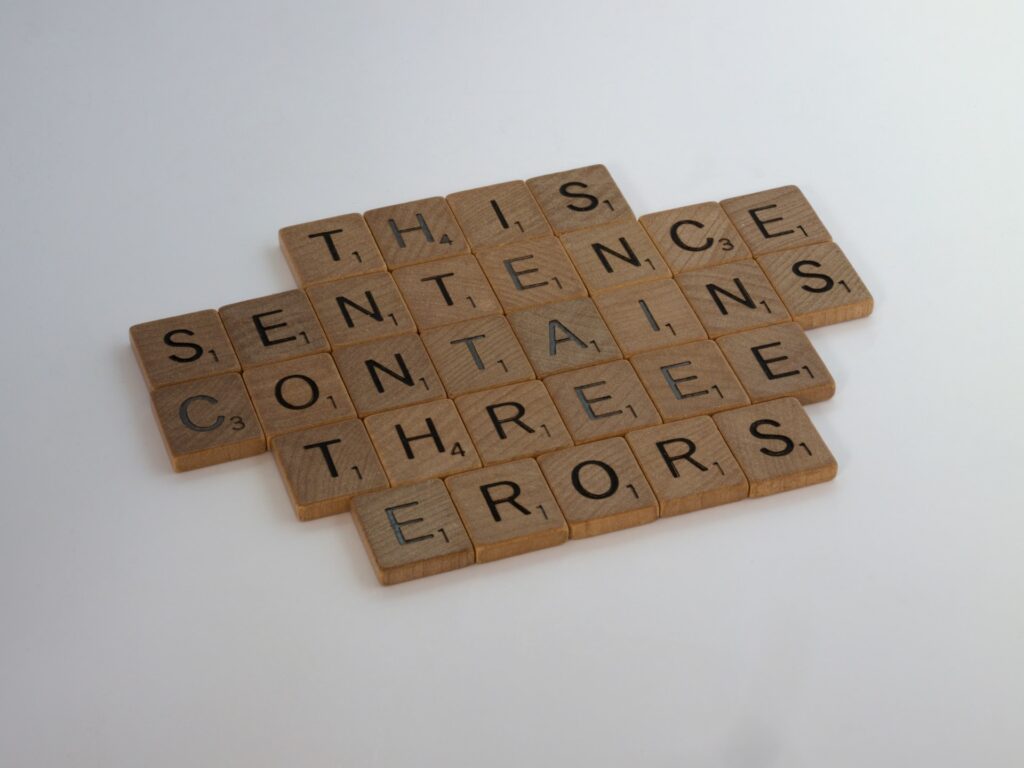
Photo by Mathilde LMD on Unsplash
Have you ever read an article and thought to yourself, “I could have written this”? If so, you’re not alone. Most people have experienced writer’s block at some point or another.
But the good news is that there are a few secrets to creating compelling content that anyone can learn. In this blog post, we’ll share six of them. So whether you’re a seasoned pro or just starting out, keep reading for some helpful tips!
1. Understand What Your Audience Wants
When you’re communicating with someone, it’s important to understand what they want. This can be difficult, because everyone has different wants and needs. However, there are some general things that you can keep in mind that will help you understand what your audience wants:
-
First, think about what their goal is. What are they trying to achieve?
-
Second, consider what they need from you. What information do they need in order to achieve their goal?
-
Finally, think about what would make them happy. What would make the experience of working with you positive and enjoyable?
2. Write in a Way That Is Interesting and Engaging
The best way to engage your reader is to write in an interesting way. Whether you are writing a blog post, an article, or even just a simple email, you should always strive to keep your reader engaged.
There are a few key things you can do to make sure your writing is interesting. Start by using strong verbs and images to create vivid pictures in your reader’s mind. Then, tell stories and use examples to illustrate your points. Third, ask questions and encourage your reader to think about the answers.

Photo by Timothy Dykes on Unsplash
3. Use Strong Visuals To Break Up the Text
When it comes to writing, one of the most important things to keep in mind is the power of visuals. A strong visual can help to break up the text and add interest for the reader. Additionally, visuals can help to convey information more effectively than words alone.
When used judiciously, visuals can be a powerful tool for writers. However, it is important to remember that too many visuals can be overwhelming and difficult to process. As a result, it is important to use visuals sparingly and only when they will truly enhance the text.
4. Keep Paragraphs Short and Concise
While there is no hard-and-fast rule about paragraph length, it is important to keep paragraphs short and concise. This can be achieved by keeping sentences short and to the point, and by using transitional words and phrases to link ideas together.
By maintaining a clear focus throughout each paragraph, you can ensure that your writing is easy to read and understand. So next time you sit down to write, remember that less is often more when it comes to paragraphs.

Photo by Brett Jordan on Unsplash
5. Make Sure Your Content Is Error-Free
One of the most important aspects of creating high-quality content is making sure that it is free of errors. Even a small mistake can tarnish your reputation and make you look unprofessional. There are a few simple steps you can take to help ensure that your content is error-free:
Take the time to proofread your work carefully. A fresh set of eyes can often catch mistakes that you missed. If possible, ask someone else to read over your work as well.
Use spell check and grammar check tools to help identify any potential mistakes. These tools are not perfect, but they can be helpful in catching errors.
If you’re unsure about something, don’t hesitate to look it up. Signing up for a free account on Grammarly is a quick each way to help resolve any confusion.
6. Proofread, proofread, proofread!
Many people believe that writing is all about coming up with ideas and putting them down on paper. However, the reality is that the vast majority of the time spent writing is actually spent editing and proofreading.
This is because even the best writers make mistakes, and it takes a keen eye to catch them all. That’s why it’s important to proofread your work carefully before submitting it. By taking the time to check for errors, you can be sure that your writing will be as effective as possible.

Photo by Vince Veras on Unsplash
Final Thoughts
By following these simple tips, you can create content that is both informative and engaging for your audience. When it comes to creating content, think about what your audience wants to read, and then write in a way that will capture their attention. Use strong visuals to break up the text, keep paragraphs short and concise, and make sure your content is error-free. Most importantly, proofread your work before publishing it!
